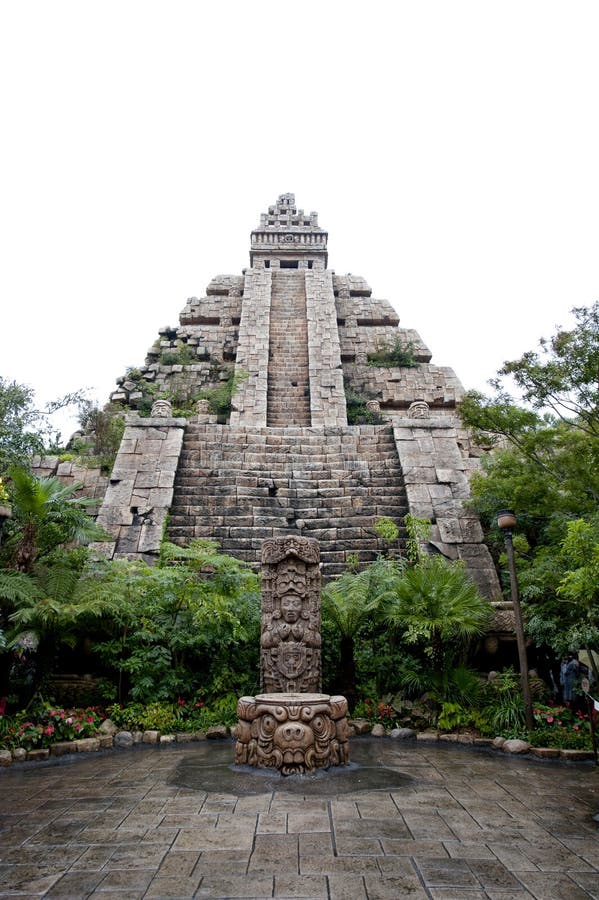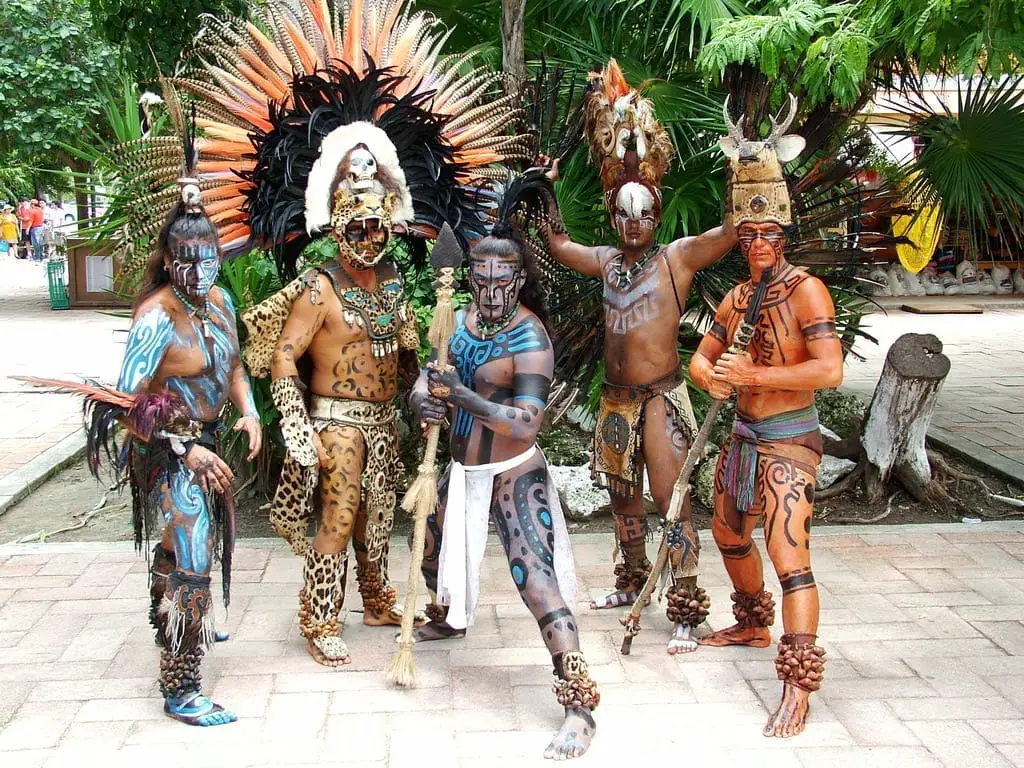
There was a lot of talk in certain paranoid corners of the Internet that doomsday, as predicted by the Maya calendar, would come on December 21, 2012. THEIR CALENDAR, WHILE COMPLEX, DID NOT PREDICT THE END OF THE WORLD. Diego de Landa, a Franciscan friar from Spain who arrived in Yucatan in the 1540s, described one such scene: “We found a large number of books in their letters and because they had nothing in which there was not superstition and lies of the devil, we burned them all, which they regretted to an amazing degree and which caused them sorrow.” 6. (There’s also the fragmentary Grolier Codex, but scholars dispute its authenticity.) Many more Maya books fell victim to the damp conditions of Mesoamerica-or the arrival of Europeans who purposefully destroyed Maya texts. But there are just three Maya codices that survive today: the Dresden Codex, the Madrid Codex, and the Paris Codex. The Maya wrote books in their elaborate hieroglyphic script on long strips of durable paper made from the inner bark of fig trees. THE MAYA WROTE BOOKS … AND THE EUROPEANS BURNED THEM. She was the first to recognize that the Mayas' “upended frog" glyph represented birth and that their “toothache” glyph represented the date the king ascended to the throne, which led to the identification of birth and death announcements as well as the names of the rulers for a Maya dynasty. It doesn’t have the sexiest title, but Proskouriakoff’s 1960 paper “ Historical Implication of a Pattern of Dates at Piedras Negras, Guatemala” was a bombshell. In the mid-20th century, there hadn’t been many advances in deciphering Maya glyphs. Despite her lack of formal academic training, Proskouriakoff eventually became a Mayanist in her own right. When she couldn’t get a job in her field, she started sketching for a curator at the Penn Museum in Philadelphia in the 1930s, and she was invited on an expedition to the Piedras Negras Maya site in Guatemala. Tatiana Proskouriakoff, a Siberia-born American, trained to be an architect.
#MAYA CIVILIZATION CRACKED#
AN ACCIDENTAL ARCHAEOLOGIST CRACKED MAYAN HANDWRITING. Only in the last few decades have Mayanists gained the ability to read most of the glyphs. The system is thought to be the most sophisticated of its kind in Mesoamerica. While words in the English language are formed with combinations of 26 letters, written Mayan words are formed from various combinations of more than 800 hieroglyphs, each representing a syllable. Mayan writing, which dates to the late Preclassic period (300 BCE to 100 CE), is preserved on buildings, stone monuments, rare books, and pottery. THEY HAD A COMPLICATED SYSTEM OF HIEROGLYPHS. Maya art and hieroglyphs suggest drinking cacao was an important part of celebrations and rituals the Dresden Codex, for example, shows an image of the god of sustenance K’awil holding a vessel with cacao beans. The Maya would mix cacao with water, honey, chili peppers, cornmeal, and other ingredients to make a foamy, spicy drink. But the drink they produced wasn’t anything like the hot chocolate we drink today. Archaeological evidence suggests the Maya were processing cacao at least 2600 years ago the chemical signatures of cacao have been found in Maya ceramic vessels in Guatemala that date back to 600 BCE. Over 3500 years ago, the Olmecs of Mesoamerica became probably the first to realize that with some work you could consume chocolate, but the Maya turned it into an art form. The ruins of two Maya cities concealed by thick vegetation were also recently discovered in Mexico’s state of Campeche. In 2015, researchers said this newfound monument was actually Mexico’s tallest pyramid at 246 feet (75 meters) in height, surpassing the 213-foot Pyramid of the Sun at Teotihuacan. It had been hidden under what was believed to be a natural hill. But it was only a few years ago that a Maya pyramid more than 1000 years old was discovered at Toniná in the Mexican state of Chiapas.

It’s amazing to think that something as large as a pyramid could elude archaeologists today. THEIR PYRAMIDS AND CITIES ARE STILL BEING DISCOVERED. Here are 15 things you might not know about this ancient civilization.

Across Mesoamerica today, you can find sprawling ancient cities with towering pyramids, ballcourts, saunas, monumental sculptures, and enigmatic hieroglyphs-all thanks to the Maya.


 0 kommentar(er)
0 kommentar(er)
